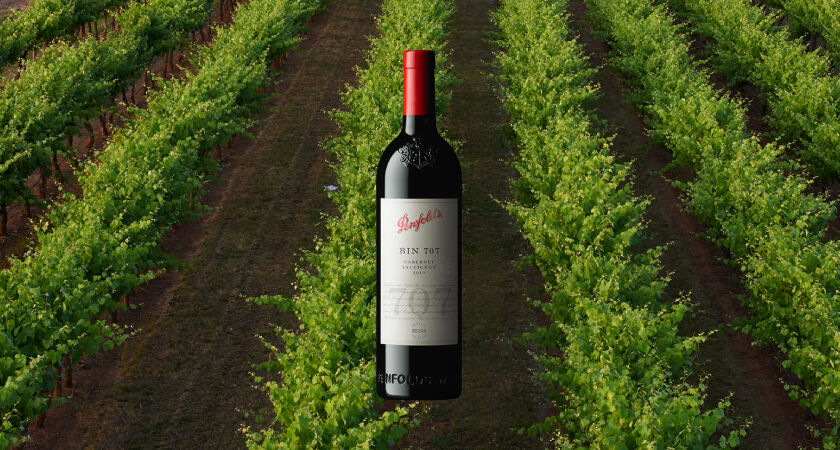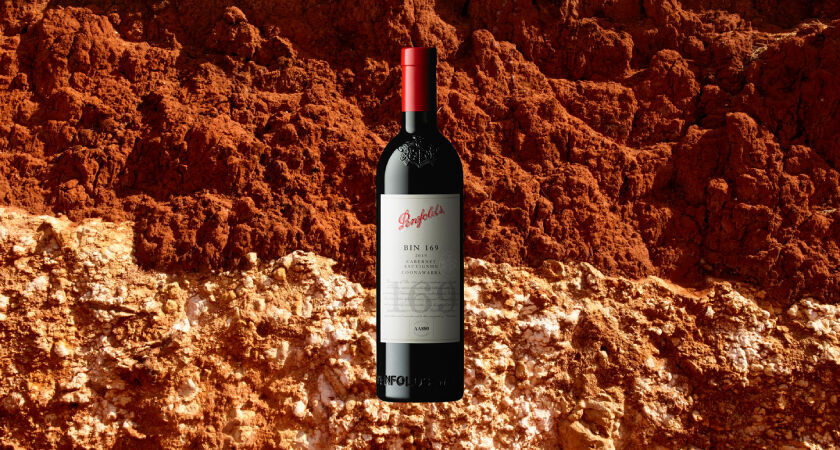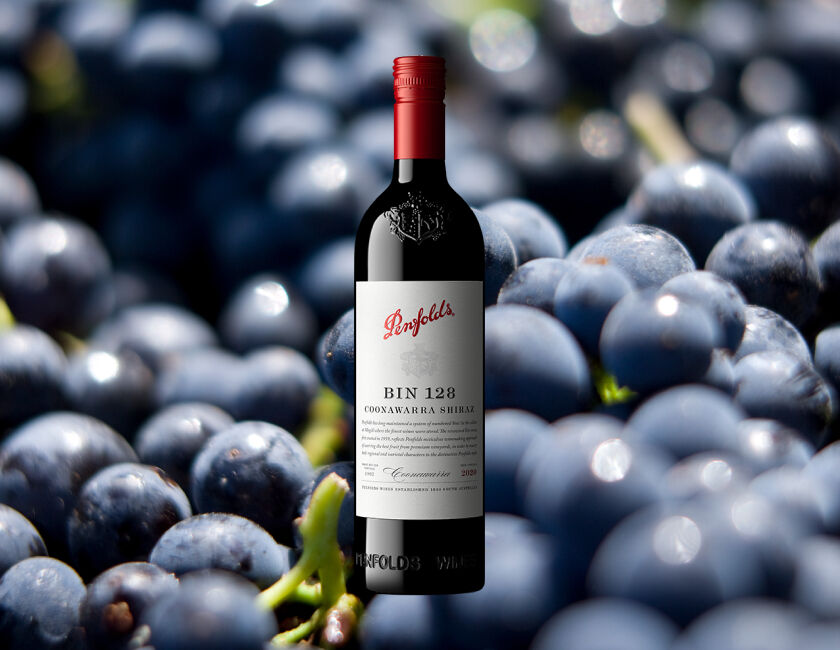Bin 169
In 1973, Max Schubert identified a parcel of Coonawarra cabernet sauvignon he intended to blend with a select component of Kalimna shiraz – the idea being that the resulting wine would be similar to the famed 1962 Penfolds Bin 60A.
Unfortunately, the wine was not to be, and each parcel was bottled separately resulting in the experimental one-off releases of 1973 Penfolds Bin 169 Coonawarra Claret (cabernet sauvignon) and 1973 Penfolds Bin 170 Kalimna Shiraz.
Bin 169 did not appear on any label again until 2008, when Chief Winemaker Peter Gago decided to add a contemporary regional stablemate to partner the revered multi-regional Bin 707. Sourced from some of the same esteemed blocks as the 1973 experimental release, it was given the Bin designation 169 in homage.
Using some of the oldest vinestock material in Coonawarra, Bin 169 combines Penfolds red winemaking tradition with the best fruit expression available. The fruit selection is rigorous, and the wine is only made in exceptional vintages.
“Bin 169 symbolically guards Bin 707 in the same way that RWT protects Grange.”
- Andrew Hales, Penfolds Winemaker.
Shop Bin 169







